Lascaux Cave Art: The 17,000-Year-Old Paintings of the Paleolithic Age
In the environs of Dordogne, there’s a complex of caves near the Montignac village of southwestern France called Lascaux or La...
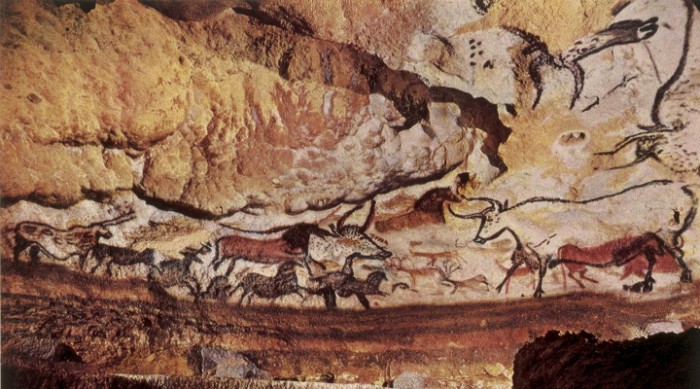
In the environs of Dordogne, there’s a complex of caves near the Montignac village of southwestern France called Lascaux or Lascaux caves. The interior walls and ceilings of caves are adorned with more than 600 parietal wall paintings. To a large extent, the paintings are fauna and animal representations whose fossils have been found to date back to the Upper Paleolithic period.
The myriad drawings have been created over several generations. These finest paintings have been a moot point of archaeologists, anthropologists, and scientists. They are estimated to be nearly 15,000-17,000 years old. In 1979, Lascaux grotto was added to the UNESCO World Heritage Sites list as an element of the ‘Prehistoric Sites and Decorated Caves of the Vézère Valley’.
History of ‘Spectacular’ Lascaux Cave Art Paintings Since Their Discovery
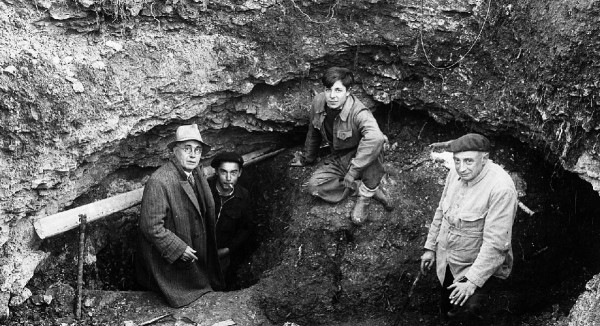
In 1940, an 18-year-old French school student Marcel Ravidat discovered the Lascaux cave entrance. Along with her three friends, she came back to the site and entered the cave. The four of them found out that the interior walls of the caves were all covered with animal depictions.
Moreover, the galleries that expressed context, continuity, or just a cavern were rendered names such as Hall of the Bulls, the Apse, the Shaft, the Nave, the Passageway, and the Chamber of Felines. (2.1)
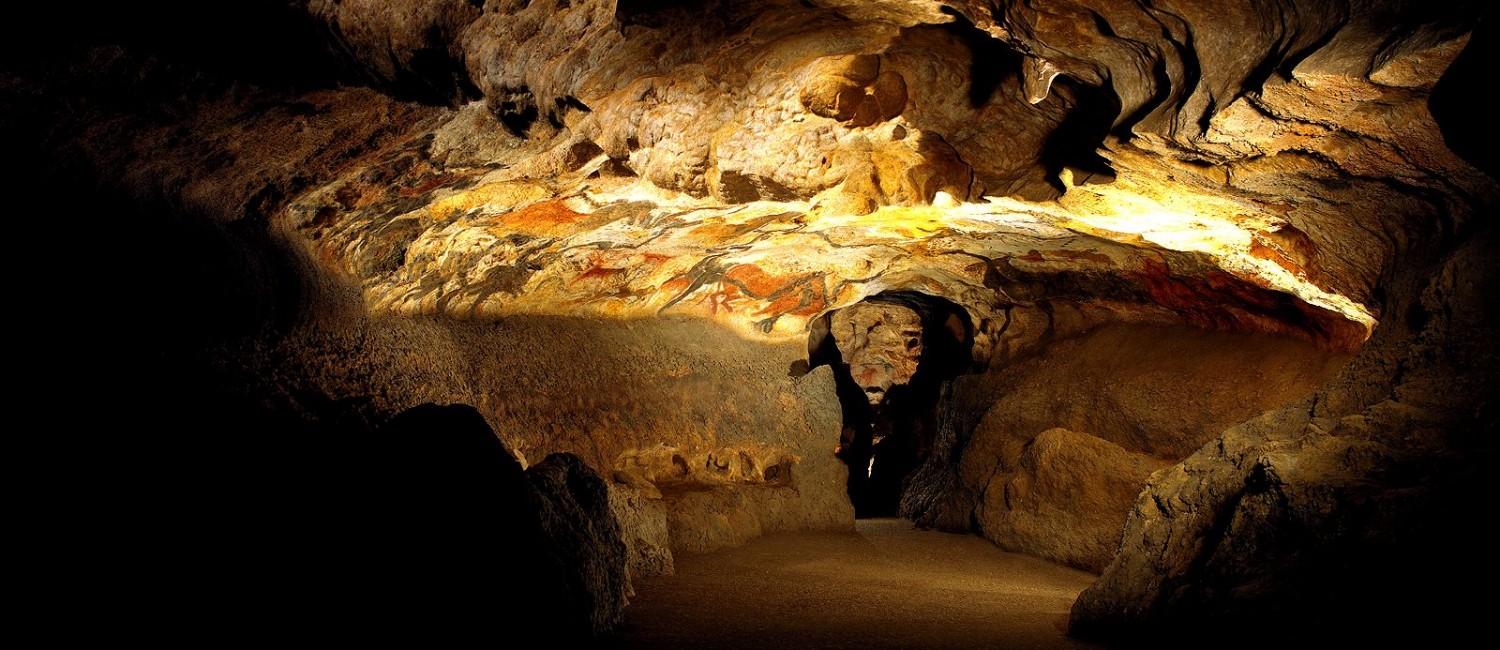
The Lascaux grotto got opened to the public in 1948. The damage to the paintings caused due to heat, humidity, carbon dioxide, and other contaminants became evident by 1955. Also, a large number of visitors’ sweat, high-powered artificial lights, and the air conditioning system caused algae infestation which deteriorated the walls.
So in 1963, the cave was closed to the public. The paintings were then brought back into their original state and a monitoring system was introduced.
The Famous Painting “A Man With a Bird Head & a Bison”, Other Lascaux Paintings & Engravings
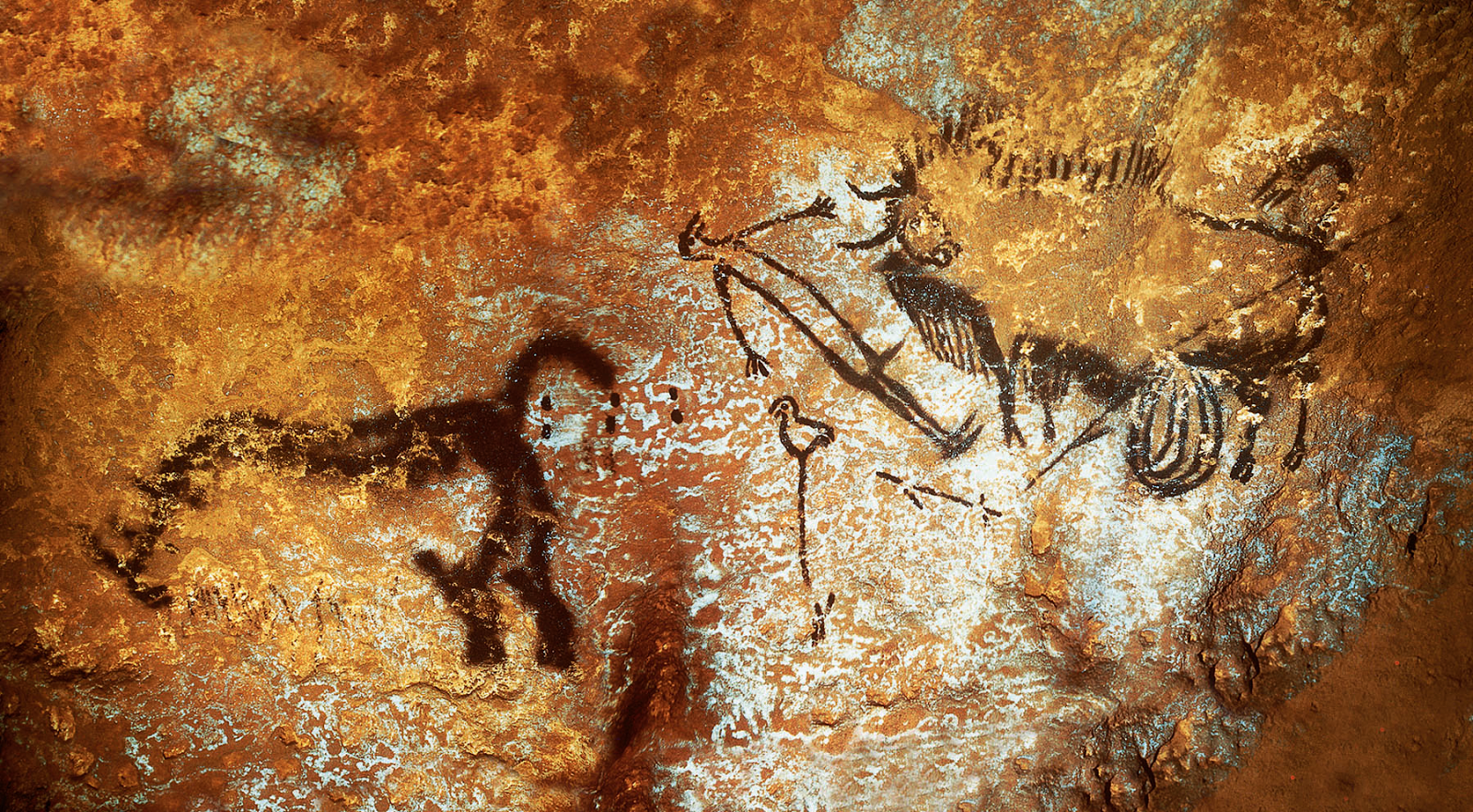
French archaeologist Henri-Édouard-Prosper Breuil was the first one to study the Lascaux Grotto. With 66 ft wide & 16 ft high main cavern, the grotto has around 2,000 figures which can be categorized mainly as animals, human figures, and abstract signs. To be precise, there are 1500 engravings, 1 human figure, 605 animal drawings & paintings, and some geometric signs on the walls. (2.2)
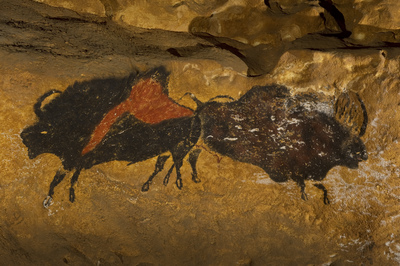
The archaeologists believe that the cave may have been used for hunting and for carrying out religious rites over a long period of time. "The Crossed Bison" painting in the chamber called the Nave is often used as an example to demonstrate the skill of the Paleolithic cave painters.
The Hall of the Bulls is the most famous section of the cave. It comprises bulls, equines, and stags depictions. Among the 36 animal depictions, the dominant figures are four black bulls or aurochs. The largest animal ever found in cave art is a bull which is 17 ft long.
Lascaux II: The Replica of Lascaux Grotto Paintings
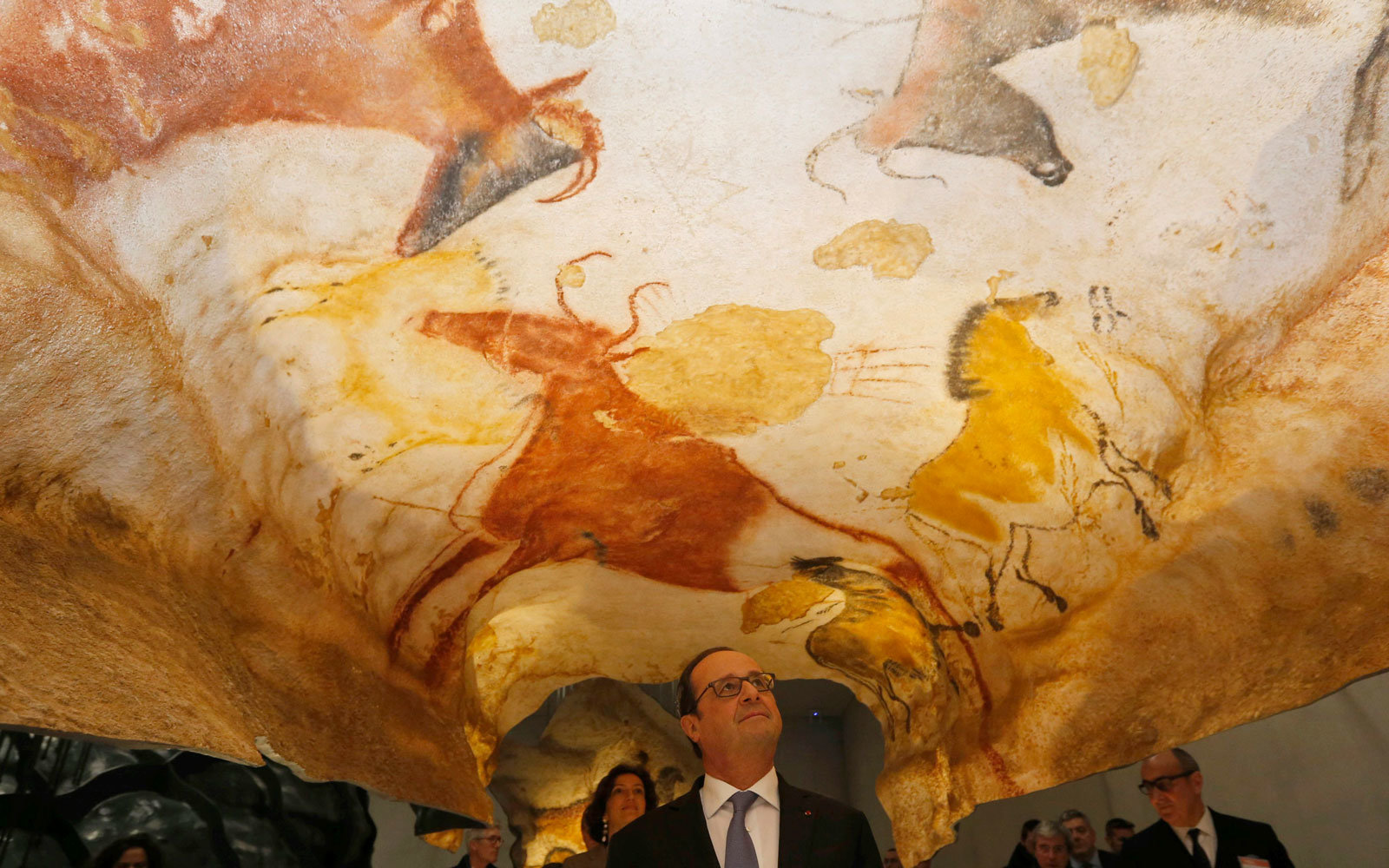
In the vicinity of the original Lascaux cave, its near-perfect replica Lascaux II was opened for public in 1983. The French government spent $64 million on it to recreate the impressions and emotions of the original paintings at the same scale and composition. (2.3)
Popular Posts
10 Worst Modern Arts Ever That Sold For Millions
Modern art is known for having many hidden masks inside it which is hard to reveal but has a great significant meaning to understand. These artifacts enhance the beauty of the place many folds.
Kimberly Campbell
10 Facts About Angry Indian Goddess Maa Kali
Kali death mother is known for her victory over darkness according to Hindu mythology. She is ferocious and most powerful deity known for her violence and aggression which she utilizes against evil forces to bring peace back to earth.
Ethan Stephans
7 Scientific Facts About Lord Shiva - The Destroyer Of The World
When it comes to religion and god, people often mistake the whole arrangement as some magical experience, but in reality symboli...
Aaditya M








